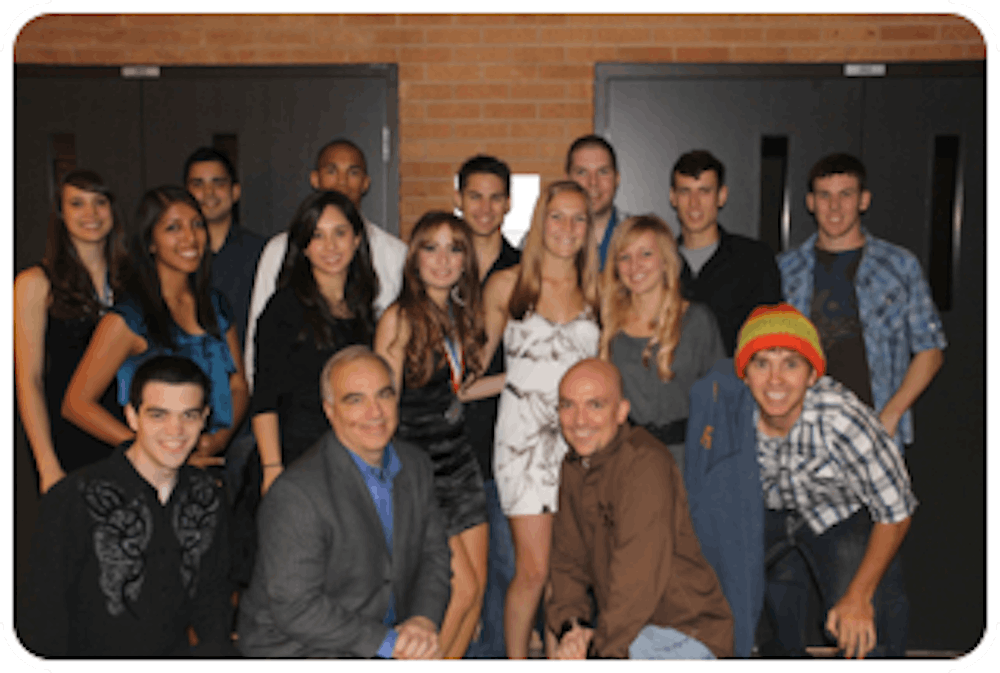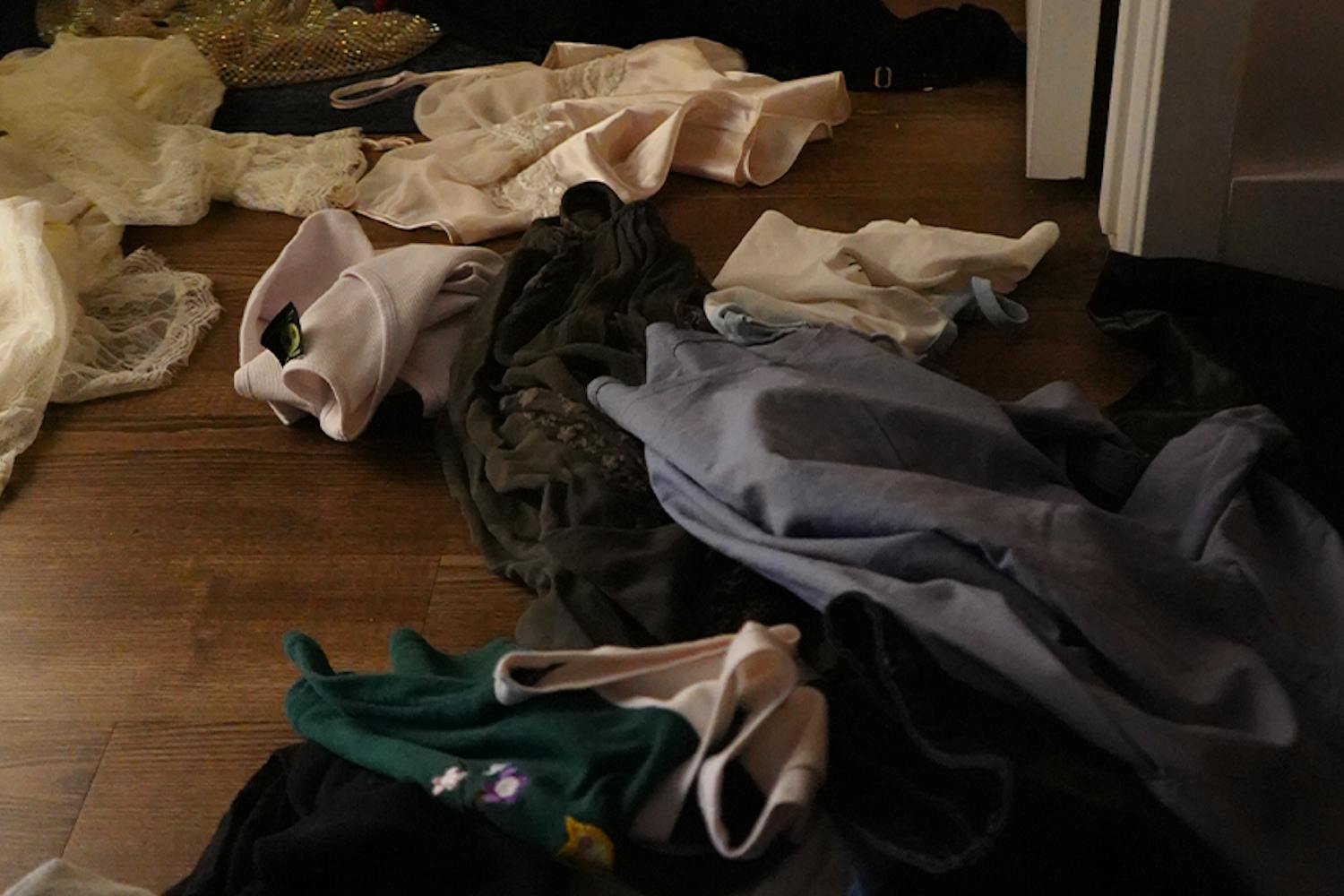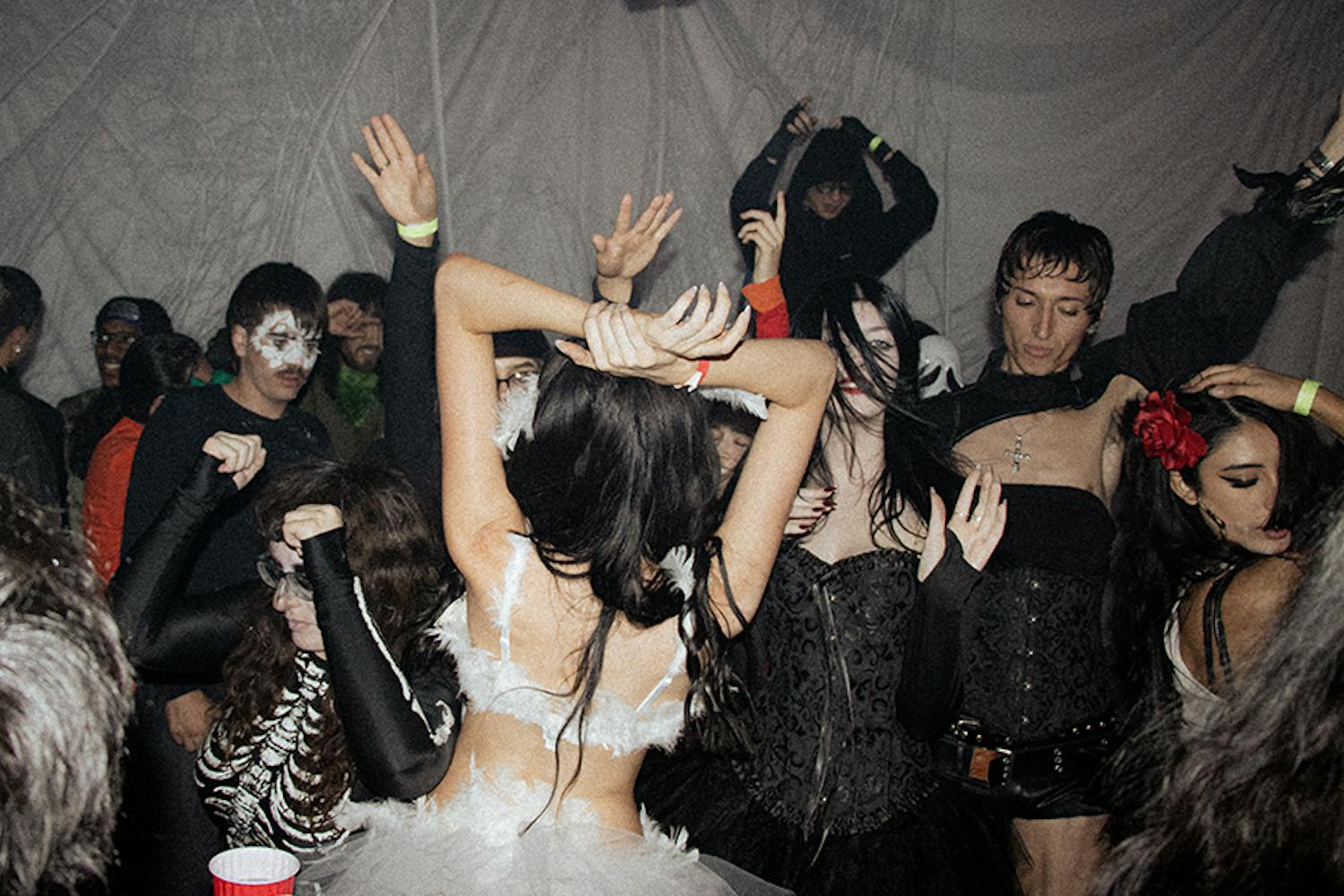This sport brings music to its players’ ears. Each ricochet comes with a hollow sound and with the fast-paced game, you could say that you got yourself a beat to dance to. Beside all, Arizona State University’s racquetball club has every reason to dance beat or not.
The team has a seasoned head coach in Darrin Shenck and the mentality that anyone who has never played the sport could be a competitor with “proper instruction.” That very outlook on the game gives them a quality club, which as a whole—men’s and women’s—is playing at the Division I level.
“We try not to worry about where we rank,” Schenk says, who was the Collegiate Coach of the Year in 2008. “It’s a very un-level playing field. We face teams that can give out scholarships. We pride ourselves in the team atmosphere. You get to be in a team at this phase. After college, you really don’t get that opportunity.”
Shenck prides himself in building a competitive team whether the members of it have a background in the sport or not. According to Schenk, “you can literally show up with no background in the sport and in six to eight months be recognized as a Collegiate All-American.”
Senior Ashley Jimenez is the example.
“She [Ashley] showed up with a bent aluminum racquet and volleyball shoes,” Schenk remembers. “She dove for a ball and you either have that intensity or you don’t.”
Though the sport is about refining basic technique and building off of it, Jimenez, a dual-major in special education and elementary education, agrees that intensity is a much-needed characteristic when playing racquetball.
“Yeah, the first play Darrin saw me play, I dove and rolled into the wall and he was like ‘hey, you made the team,’” Jimenez says. “There’s no one else to blame, it’s just you out there. It’s all about your mood when you get to practice.”
Intensity in games derives from practice. Jimenez would play 10 to 15 hours a week, even at times practicing over the two-hour practice time; she is now the club president. Jimenez believes that it’s “all up to you.” Whether it’s working on serving, delivery or just burning the calories volleying the ball, practice is a direct translation to the result of that six to eight month development time.
“The sport is eye-hand coordination and being able to follow the ball,” says Burgess Raby, the assistant coach. “Power has become more dominant over the years but power is not everything. Power can make up for everything that could go wrong.”
Raby is a ‘77-‘79 Arizona State alumni who has been playing for 38 years. Technique has changed in that when serving from the box in the center of the room, collegiate players can hurl the ball over 100 miles per hour, even in some cases 150 miles per hour. After the serve, the ball is in play until it bounces twice.
“Improper technique will slow you down,” says senior Quincy Lee, a marketing major. Lee has been practicing his serve with Raby, trying to refine his technique.
The team looks to take its team—the experienced and inexperienced alike—and get them ready for the Intercollegiate Championships in March. ASU will be hosting the event at the Student Recreation Center.
“Racquetball is the great equalizer—you don’t need to be athletic. Good instruction early and learning the basics will really get you to excel,” Schenk says.
So with the beat of the ball against the wall giving its players the beat down in return, the Sun Devils do not look to let up. Development and commitment in developing is the key to the sport.
“It’s all you have every stroke,” Jimenez says. “You think I’d be tired after but I feel like I could go for a run from the adrenaline.”
Got sports? Contact me at bcapria@asu.edu.





